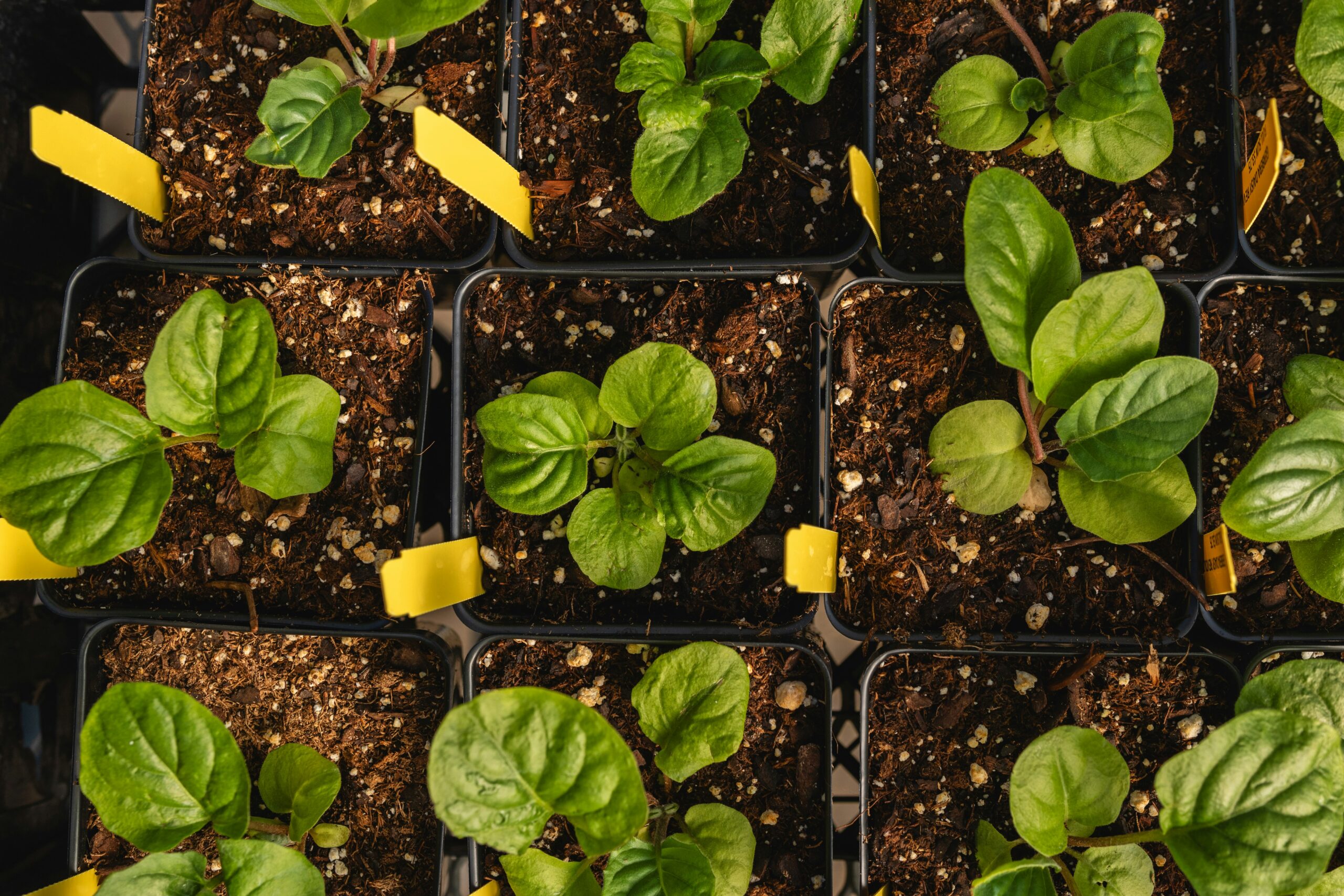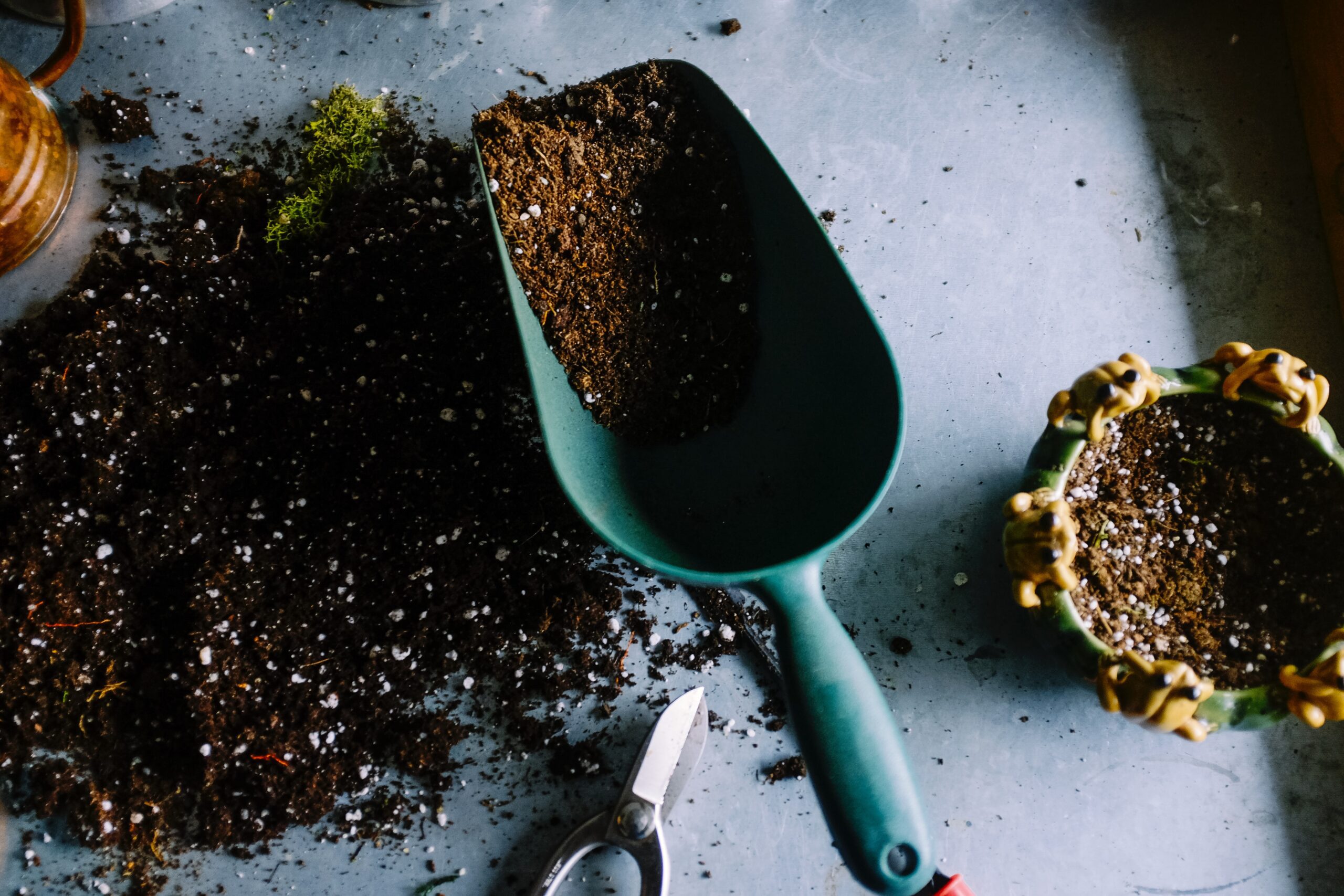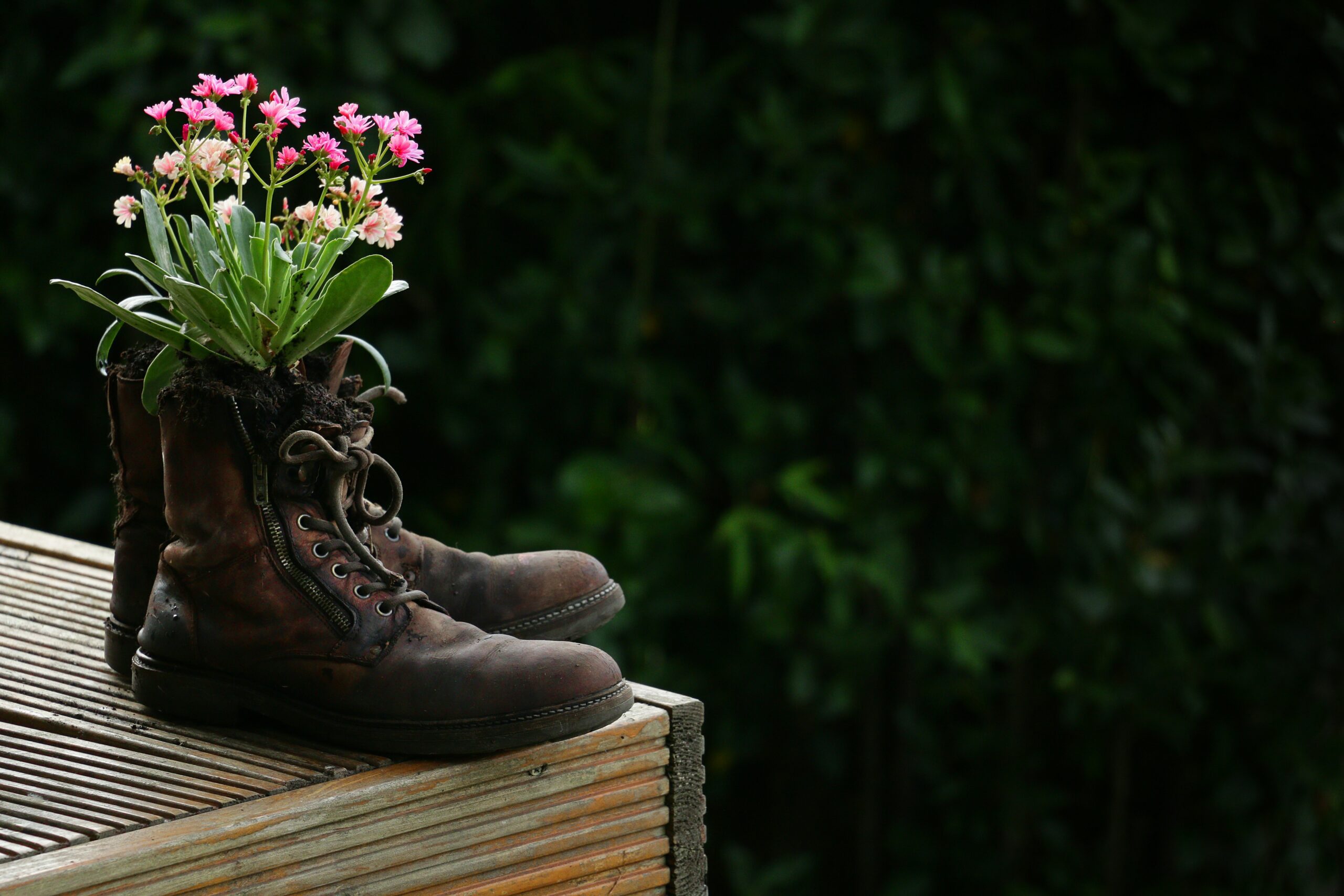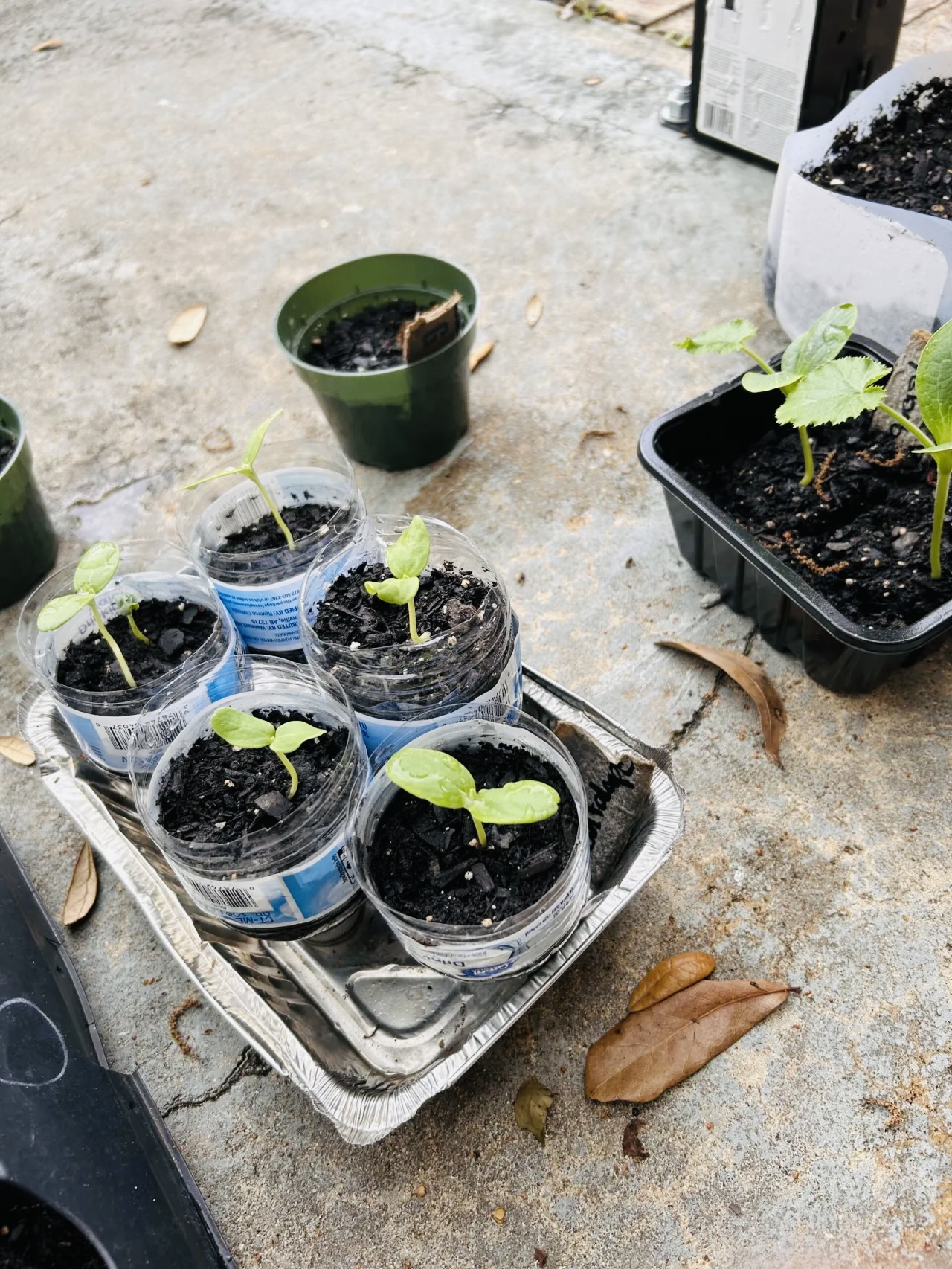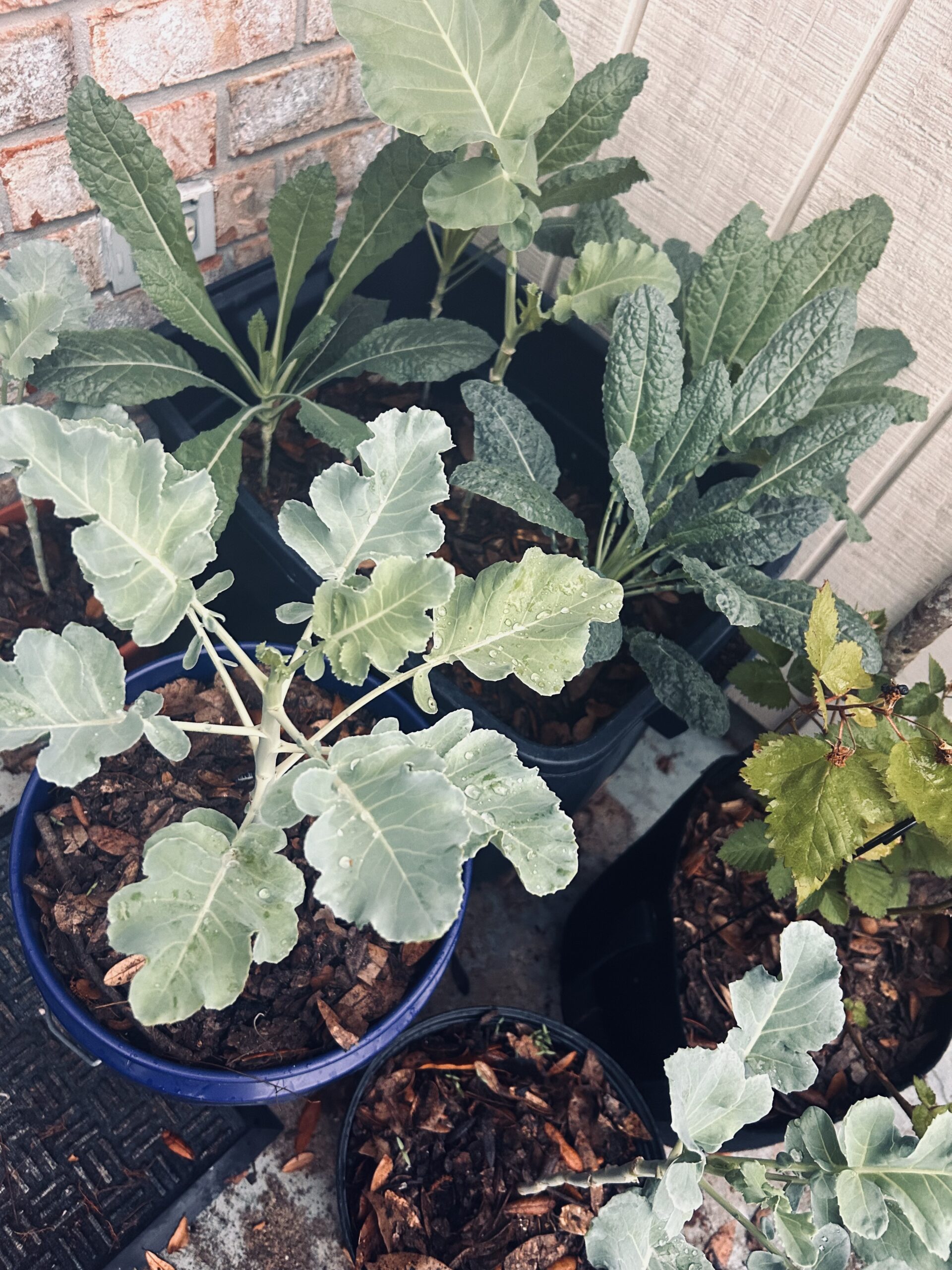This post shows you companion planting ideas to repel pests in your garden!
Are pests constantly helping themselves to all of your hard work in the garden?
Protecting your harvest is one of the biggest frustrations of gardening, even though it’s all a part of nature. With that said, if you can’t beat them? Join them!
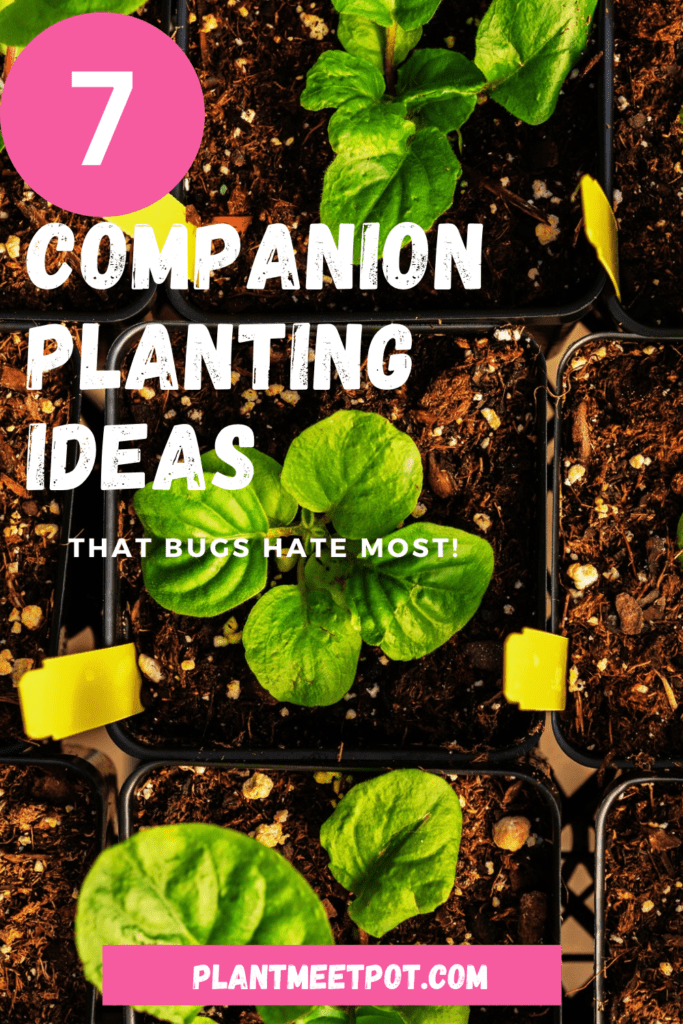
The secret to protecting your plants and ensuring a longer life expectancy is diversity. Amazing how that applies to gardening and real life too!
By using the age-old technique of companion planting, you can keep your ecosystem in balance.
What is companion planting?
Companion planting is the act of growing specific plants together to create a mutually beneficial relationship that helps prevent pests and disease.
In nature, things grow wild rather than in neatly placed rows that we find aesthetically pleasing.
But what looks wild to us is actually a strategic ecosystem that limits food supply to insect populations keeping things balanced and at bay.
How plants make a great defense to a vegetable garden
- Herbs. Always variety of herbs to pluck from throughout your garden. The aromatic and fragrant smells that we love to inhale are detestable to bugs!
- Flowers. Create bright displays of flowers that are bright and colorful to repel certain species. The fresh scents are also a natural repellant to insects.
- Vegetables. Some vegetables release certain chemicals into the soil that other vegetables need to thrive, creating a beneficial and symbiotically linked relationship.
It’s important to note that none of these pairs have been scientifically proven but it is a natural way to protect your plants!
This ancient gardening practice involves strategically pairing plants to enhance growth, deter pests, and promote overall garden health.
Not only do these companion planting ideas offer practical benefits, but it also adds a splash of color and diversity to your garden.
Here are some simple, yet effective companion planting ideas to try in your garden!
Marigolds and Tomatoes
Marigolds are a powerhouse companion plant known for their ability to repel nematodes and other harmful insects. When planted alongside tomatoes, they act as natural pest deterrents, reducing the need for chemical pesticides. Additionally, marigolds add a vibrant burst of color to your garden. To maximize their benefits, interplant marigolds throughout your tomato containers, ensuring they receive adequate sunlight and water.
Tip: Opt for inexpensive marigold seed packets or consider saving seeds from previous harvests to propagate new plants. Marigolds are easy to grow from seed and thrive in various soil conditions, making them an excellent choice for budget-conscious gardeners.
Basil and Peppers
Basil isn’t just a flavorful herb; it also serves as a valuable companion plant for peppers. The aromatic oils released by basil plants can help deter aphids, spider mites, and other common pests that plague pepper plants. Furthermore, the close proximity of basil can enhance the flavor of peppers, resulting in a more robust harvest of both herbs and vegetables.
Tip: Instead of purchasing individual basil plants, consider starting basil from seeds or cuttings. Basil is a fast-growing herb that thrives in warm, sunny conditions, making it an ideal candidate for container gardening. Additionally, harvesting basil regularly encourages bushier growth and prolongs its productivity.
Nasturtiums and Cucumbers
Nasturtiums are not only beautiful additions to your garden with their vibrant flowers, but they also serve as excellent companions for cucumbers. These trailing flowers act as a natural barrier, deterring cucumber beetles and other pests that can damage cucumber vines. Additionally, nasturtiums are edible and add a peppery flavor to salads and other dishes.
Tip: Nasturtiums are prolific self-seeders, making them a cost-effective option for container gardeners. Allow some flowers to go to seed, and you’ll have a steady supply of new plants for future seasons. When planting nasturtiums and cucumbers together, ensure both receive ample sunlight and provide support for cucumber vines to climb.
Chamomile and Broccoli
Chamomile is renowned for its calming properties, but it also plays a beneficial role in the garden, particularly when paired with broccoli. Planting chamomile near broccoli helps improve the flavor of broccoli while also attracting beneficial insects like hoverflies and parasitic wasps, which prey on aphids and caterpillars.
Tip: Growing chamomile from seed is an economical way to add this herb to your garden. Chamomile thrives in well-drained soil and prefers full sun to partial shade. Harvest chamomile flowers regularly to encourage continuous blooming and to enjoy homemade chamomile tea.
Lavender and Lettuce
Lavender’s fragrant blooms not only perfume the air but also offer several benefits to neighboring plants, including lettuce. Planted near lettuce, lavender can help repel slugs and other pests that feed on tender greens. Additionally, the calming scent of lavender may have a positive effect on nearby plants, promoting overall garden health.
Tip: Look for dwarf or compact varieties of lavender that are well-suited for container gardening. Lavender prefers sandy, well-drained soil and thrives in sunny locations. Prune lavender plants regularly to maintain their shape and encourage healthy growth.
Dill and Cabbage
Dill is a versatile herb that pairs well with a variety of vegetables, including cabbage. When planted near cabbage, dill attracts beneficial insects such as ladybugs and parasitic wasps, which help control cabbage pests like aphids and cabbage loopers. Additionally, dill’s feathery foliage provides shade and protection for cabbage seedlings.
Tip: Consider planting dill from seed directly into your cabbage containers to maximize space and efficiency. Dill prefers rich, well-drained soil and thrives in full sun. Allow some dill plants to flower and go to seed to attract pollinators and ensure a continuous supply of fresh dill throughout the season.
Calendula and Beans
Calendula, also known as pot marigold, is a versatile companion plant that offers numerous benefits to neighboring crops, including beans. Planting calendula near beans can help repel pests such as aphids, whiteflies, and nematodes while also attracting pollinators like bees and butterflies. Additionally, calendula flowers are edible and can be used to add color and flavor to salads and other dishes.
Tip: Calendula is easy to grow from seed and thrives in containers with well-drained soil and full sun. Deadhead spent flowers regularly to encourage continuous blooming and prevent self-seeding, which can lead to overcrowding. Harvest calendula flowers regularly for culinary or medicinal use, ensuring to leave some blooms for pollinators.
Found this post helpful? Pin and share!



